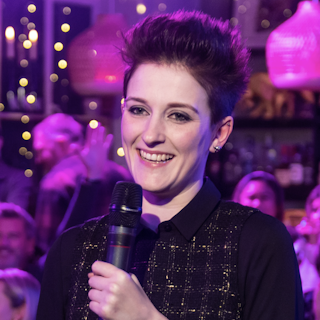Why cost-per-second ad pricing creates an economic incentive
There are many questions around cost-per-second buying and what value time-based buying can offer brand owners and advertisers.

Why cost-per-second ad pricing creates an economic incentive
Looking ahead to 2018, Marc Guldimann, chief executive officer of the time-based advertising company, Parsec, says there’s no question that buying media using attention metrics is more efficient for brands.
The challenge, since Parsec began, has been fighting the inactivity of the status quo. However, as more people understand the power of its simple buying model, and the data generated, this challenge will become easier to overcome. The Drum spoke to Guldimann on the cost-per-second (CPS) buying model and what it means for advertisers and brand owners.
What is a CPS buying model?
CPS stands for cost per second. Parsec charges brands for the amount of time that consumers choose to spend with their advertising. This amounts to guaranteed attention, literally the simplest way for brands to buy media.
Parsec uses politely interruptive formats (the digital equivalent of full page print ads) that capture a reader’s full attention for an amount of time they control, making time an accurate proxy for attention.
What does it mean?
Attention delivered via polite formats is optimal for all parties involved. Brands get a scalable and low risk way to buy media. Publishers gain a unique understanding of the quality of advertising running on their site and can implement a pricing model that rewards better ads. Most importantly the entire value chain is aligned to show consumers ads they actually want to see.
How can it ensure value for advertisers?
In the same way that direct response advertisers measure campaign performance using clicks, brand advertisers have looked to proxies of attention as a measure of value. TV, the great brand vehicle of the last century, used Reach x Frequency to approximate value.
But a dramatic shift has happened since the golden age of TV. Thanks to new tools like DVRs and second screens, and a glut of information, consumers now control how long they pay attention to nearly any advertising. While the decoupling of duration from impressions has rendered traditional models moot, it created the opportunity for a more accurate approximation of value: how long consumers choose to spend with advertising.
It’s common sense that attention is the building block of branding, since the more time that people spend with anything, content, advertising, and even art, the bigger impact it will have on them. And we have the data to back it up. Parsec has run research across over 50 campaigns that prove the connection between time and brand impact.
Will this new model change the creative and trading process?
In fact, it already has. Measuring the amount of time that consumers choose to spend with advertising creates entirely new ways to optimize creative and media. A/B testing of creative becomes simpler and more meaningful—just measure which ads people chose to spend time with, and make more ads like them. It’s possible to create entirely new audiences based on time spent. Parsec partners are seeing double-digit performance gains in the mid and lower funnel performance from those audiences.
Our most sophisticated partners have started to sequence ads based on time spent, a simple but incredibly powerful tactic for creating personalized paths to purchase. In the long run we want to adjust media pricing based on quality, which makes sense because it helps us attract better advertisers. I’m excited about this approach because it creates the economic incentive for quality that this industry needs to turn things around.
Parsec is a sponsor for The Drum’s Programmatic Punch US, which will take place on Monday March 28 at Ogilvy & Mather, New York. Programmatic Punch is an event that aims to serve as a wake-up call about the revolution this industry is now going through. For further information, check the event website.


